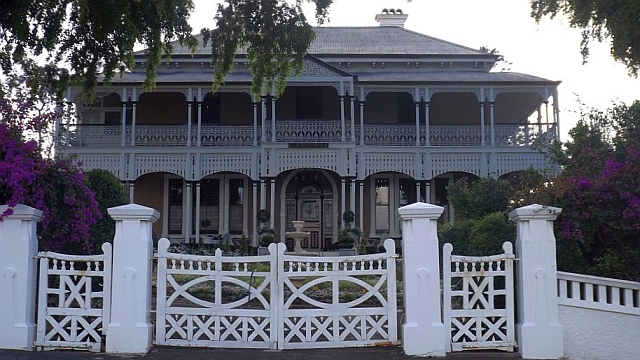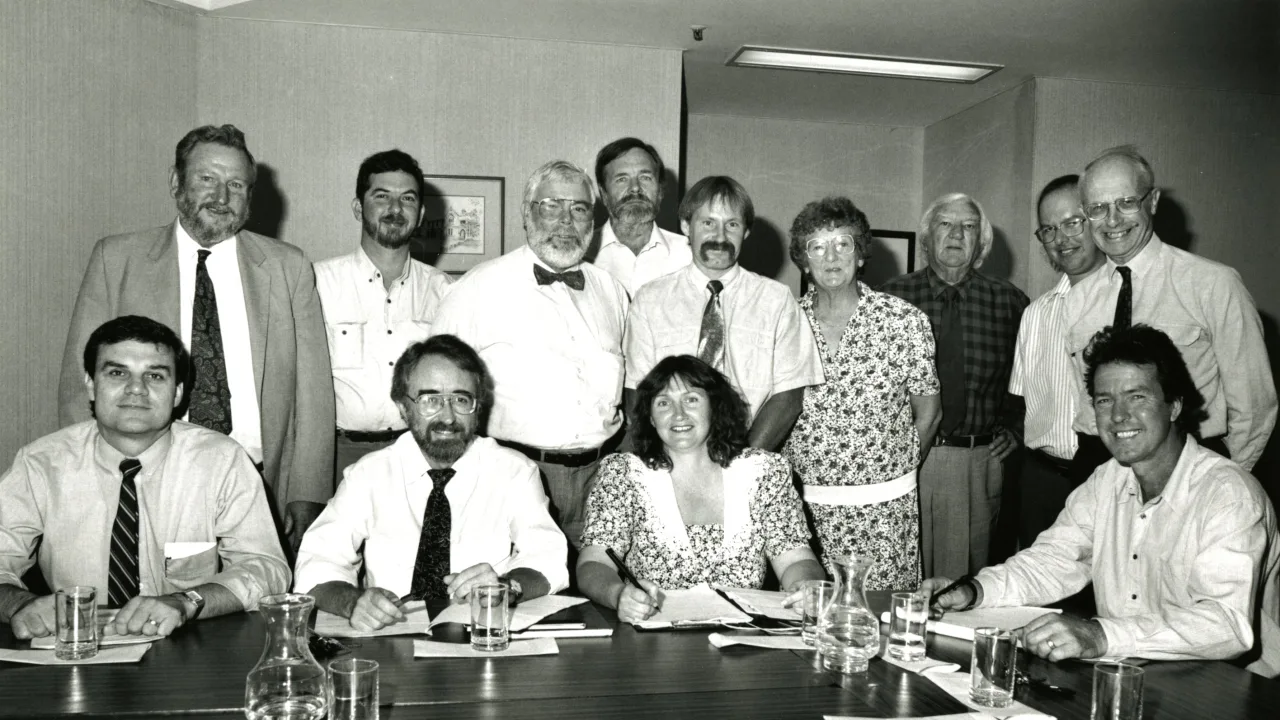
Case studies in complexity (part 2): Ipswich Heritage Program
This article is part 2 of a series featuring case studies in complexity from the work of RealKM Magazine’s Bruce Boyes.
Background
- Historic Ipswich. The city of Ipswich is located approximately 40 kilometres west of Brisbane, the capital city of the state of Queensland, Australia. Ipswich is Queensland’s oldest provincial city, and is well-known for its large number of historical buildings and other places of cultural heritage significance.
- Ipswich Heritage Program. Recognising that Ipswich’s built heritage was a significant asset, and in response to community concerns in regard to the demolition and removal of a number of significant houses and other buildings, Ipswich City Council in 1990 initiated one of the most ambitious heritage programs undertaken anywhere in Australia.
Why it’s complex
- Contested issue. Heritage conservation is often a highly contested issue, with various stakeholders having widely different but interconnected and interdependent needs and views in regard to what should and shouldn’t be done (see concept 1 of the exploring the science of complexity series1). These stakeholders include property owners, their neighbours, the local community, the wider community (regional, state, national, international), heritage experts, property developers, and government agencies.
Approach
- Program components. Soon after the initiation of the Ipswich Heritage Program, two primary components of the program were put in place: a heritage study and a Heritage Advisory Committee. The heritage study would identify places of significance throughout the city, while the Heritage Advisory Committee would assist council’s planning department to develop provisions to protect the identified heritage.
- Heritage study. The comprehensive heritage study was conducted by university researchers, establishing a strong evidence base for the program.
- Heritage Advisory Committee. Ipswich City Council called for nominations for the Heritage Advisory Committee through newspaper advertisements. In a decision that would prove to be pivotal to the success of the program, council decided to accept all of the nominations that it received. This resulted in a broad-based and highly diverse committee including heritage academics, local experts, representatives of the National Trust, and interested community members such as myself. The Heritage Advisory Committee gave effect to Snowden & Boone’s ‘open up the discussion’ and ‘encourage dissent and diversity’ tools for managing in a complex context2.
- Planning department support. The Ipswich City Council planning department acted as the secretariat for the Heritage Advisory Committee, and extensively researched a wide range of options that it put forward to the Committee for discussion and debate and to stimulate ideas. This gave effect to Snowden & Boone’s ‘stimulate attractors’ and ‘manage starting conditions and monitor for emergence’ tools.
- Innovative approach. As a result of the wide diversity of perspectives represented on the Heritage Advisory Committee, Council and the Committee were able to co-create an innovative approach to heritage conservation. Instead of Council just imposing restrictive rules, the owners of heritage-listed properties were given a greater range of property rights in the Ipswich Planning Scheme. For example, they could readily establish a range of home businesses. This stimulated innovation, facilitating the emergence of a range of novel solutions. To establish boundaries within which the system would operate, Snowden & Boone’s ‘set barriers’ tool was given effect through measures that specified that the only things that heritage property owners couldn’t do was demolish the building, move it elsewhere, significantly alter the exterior, or irreversibly change any heritage features. Council assisted the development of novel solutions by engaging the services of a heritage advisor that property owners could consult for free advice and ideas.

Outcomes
- Universal acceptance. When the heritage provisions and listings were announced by Ipswich City Council, they gained 101% acceptance from heritage property owners and the community. The acceptance can be considered to be 101% because not only was there acceptance of the heritage conservation provisions and listings from absolutely every property owner, but there were also a number of owners whose properties hadn’t been identified in the comprehensive survey that wanted them to be included. These properties were found to satisfy listing requirements, so were added to the listing register.
- Longevity. Nearly 30 years after it was initiated, the Ipswich Heritage Program continues to provide for the effective protection of the city’s rich heritage. The program still includes the diverse, broad-based Heritage Consultative Committee and the Heritage Adviser Service.
Lessons
- Diversity and co-creation. The wide diversity of perspectives represented on the Heritage Advisory Committee reflected the wide diversity of perspectives present in society, giving the Committee the range of knowledge it needed to be able to co-create innovative solutions. For further information see concept 9 of the exploring the science of complexity series3 and Ashby’s Law of Requisite Variety.
- Inspiration. Inspired by the success of the Ipswich Heritage Program, I went on to apply similar approaches in numerous environmental programs and projects. These case studies will be the subject of future articles in this series, and I’ve already introduced some of them in other RealKM Magazine articles, for example the Gatton Shire Planning Scheme and the Sustainable Management of the Helidon Hills Project.
Postscript
As reported by Brian Bennion in the Ipswich Tribune on 15 September 2022, Ipswich City Council has discontinued the Heritage Advisory/Consultative Committee after more than 30 years, replacing it with an informal networking group. This is a very backward step, with an informal network representing only “tokenism” on Arnstein’s ladder, as opposed to the delegated “citizen power” of the Heritage Advisory/Consultative Committee.
Header image: Ipswich has many heritage houses, ranging from humble miner’s cottages through to grand residences such as this, the 1888 villa Garowie. Image source: Wikimedia Commons, Public Domain.
References:
- Ramalingam, B., Jones, H., Reba, T., & Young, J. (2008). Exploring the science of complexity: Ideas and implications for development and humanitarian efforts (Vol. 285). London: ODI. ↩
- Snowden, D. J., & Boone, M. E. (2007). A leader’s framework for decision making. Harvard Business Review, 85(11), 68. ↩
- Ramalingam, B., Jones, H., Reba, T., & Young, J. (2008). Exploring the science of complexity: Ideas and implications for development and humanitarian efforts (Vol. 285). London: ODI. ↩
Also published on Medium.





